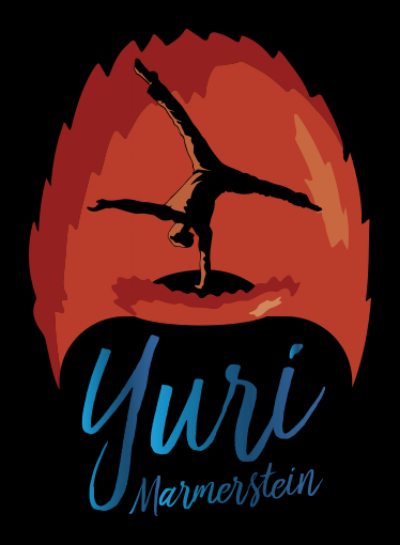Acrobatic Awareness Seminar
This seminar is designed to take participants into the world of acrobatics, floor movement, and unstructured play while still taking into account the specific demands of the adult learning process.
The goal of this event is to help guide attendees on how to start applying these movements and concepts into their own practice. Also important is teaching what mistakes to look out for that can later hinder the progressions.
The movements and progressions draw inspiration from gymnastic, circus, capoeira, martial arts, tricking, and dance.
This seminar will be divided into a beginner and intermediate/advanced. The beginner classes will focus a lot on physical preparation, coordination, and learning basic moves. The int/adv classes will focus a bit more on skill progressions, variations, transitions, and combinations.
Regardless of level, I still recommend attending the whole seminar for the complete experience.
Beginner Topics will introduce participants to acrobatics and floor movement to give them a wider perspective of the art.
Prerequisites: none
Topics include:
-Physical preparation so the body can stay healthy, properly handle the demands placed upon it and reduce risks of injuries
-The role of body tension in acrobatics
-The importance of fear and psychological restrictions in skill progression, and how to overcome them
-Technique, timing, and coordination for jumping and landing in regards to acrobatic skills
-Learning how to fall safely to increase confidence and reduce risk of injuries
-How to build and dissipate momentum
-Different perspectives of rolling on the floor
-Progressions for gymnastics floor skills
-Progressions for some capoeira floor work
-Progressions for some tricking moves
Intermediate topics are for students with a bit of experience in at least basic floor acrobatics, i.e. cartwheels and rolls. These classes will still spend time in injury prevention and physical preparation but will move much faster into the skill progressions. Because the group levels can vary significantly, there are many options as to which direction these workshop can go. One thing I also try to do is give students both the perspectives of the gymnastics style of this training as well as the tricking and capoeira methods; as they differ greatly but both offer huge movement potential.
As far as what skills we actually work on, I can make no guarantees as it will depend on the level/interests of the group as well as the equipment we have access to in the facility.
Prerequisites: Familiarity with rolls and cartwheels
Topics:
-Physical preparation and injury prevention
-Importance of body tension and timing
-Breakfalls to reduce risk of injury
-Basic coordination exercises to use as warmup and progressions for skills
-Refinement of basic acrobatic movements
-Variations on basics
-Speed and tempo changes of movements
-Gymnastics tumbling progressions
-Capoeira and tricking progressions
-Combinations and transitions
-Partner work to present new challenges and increase awareness

